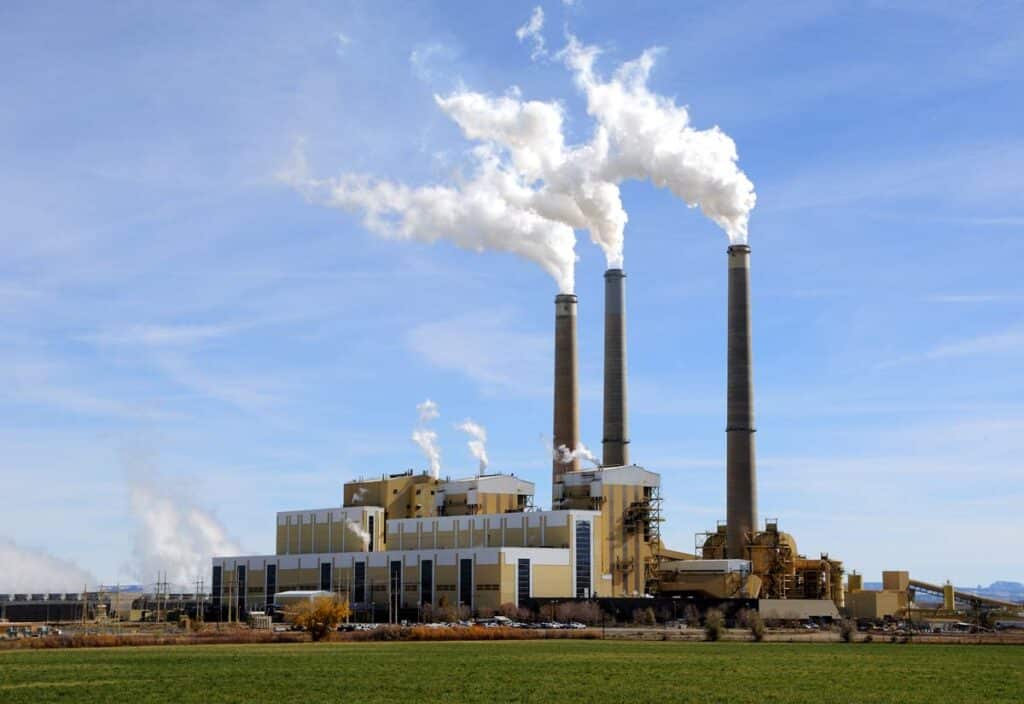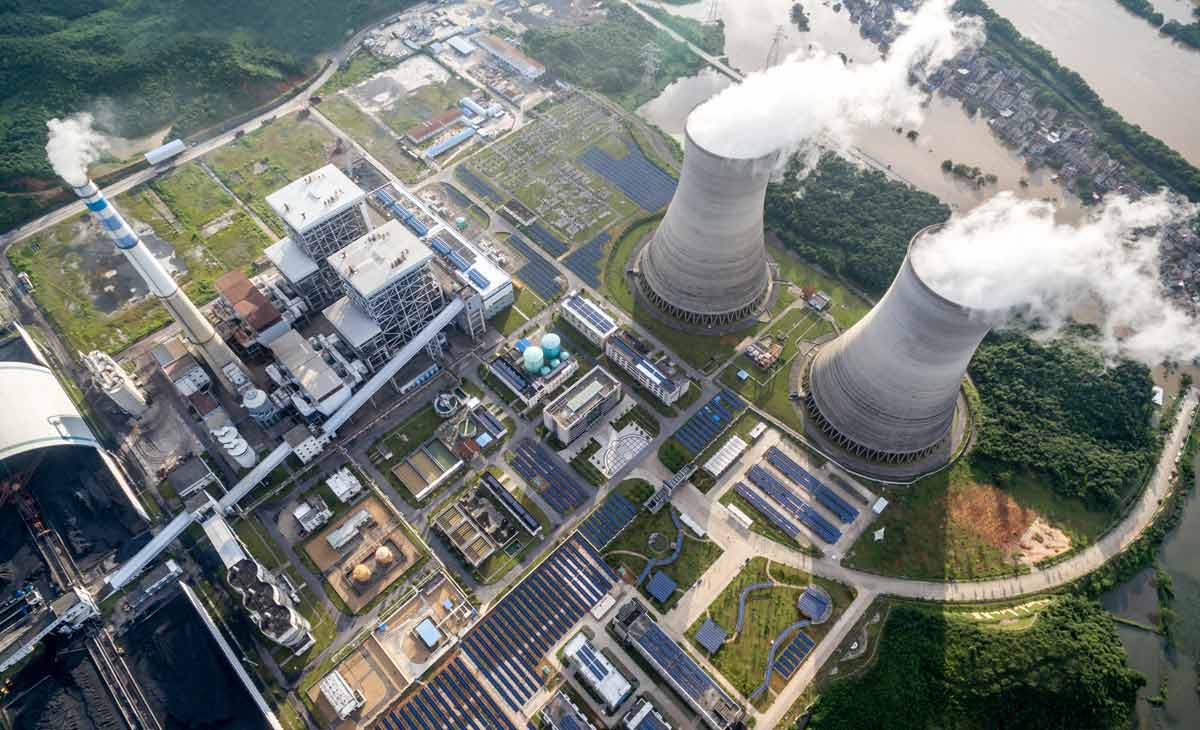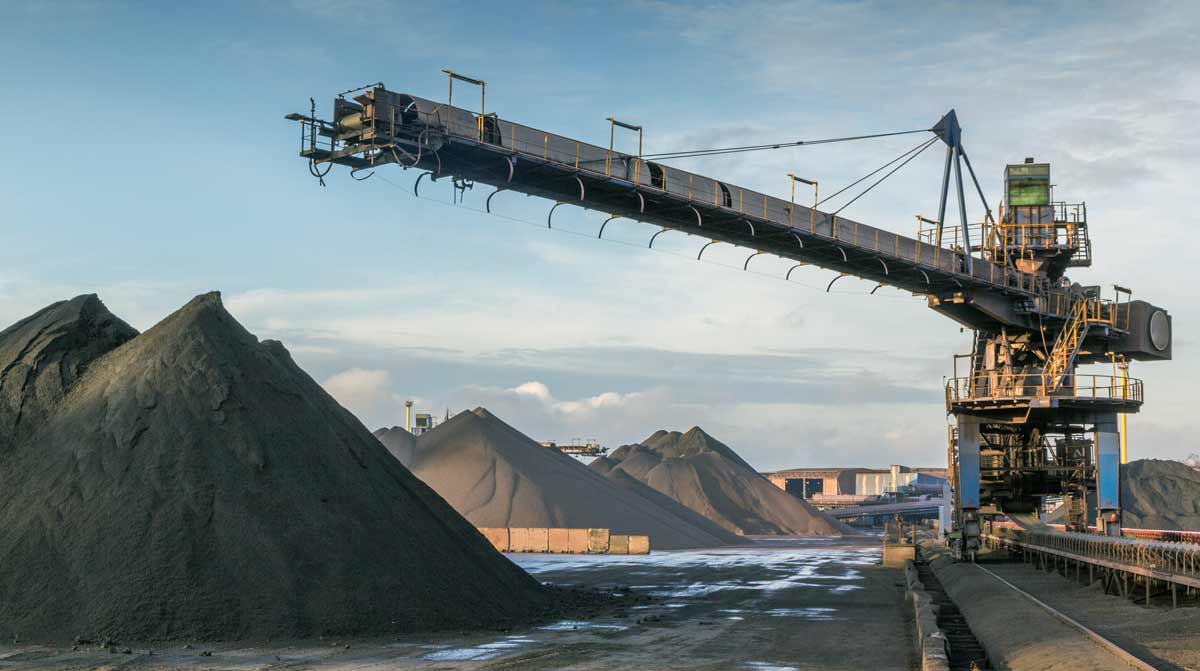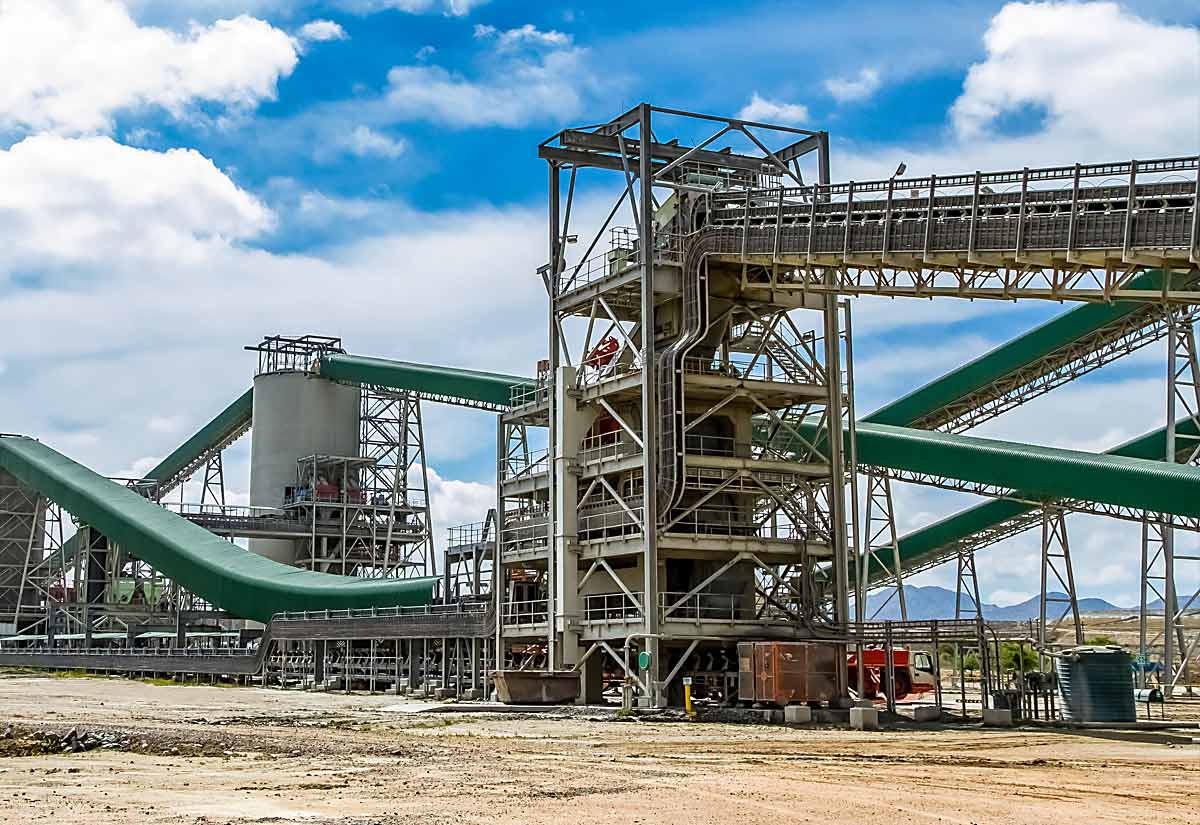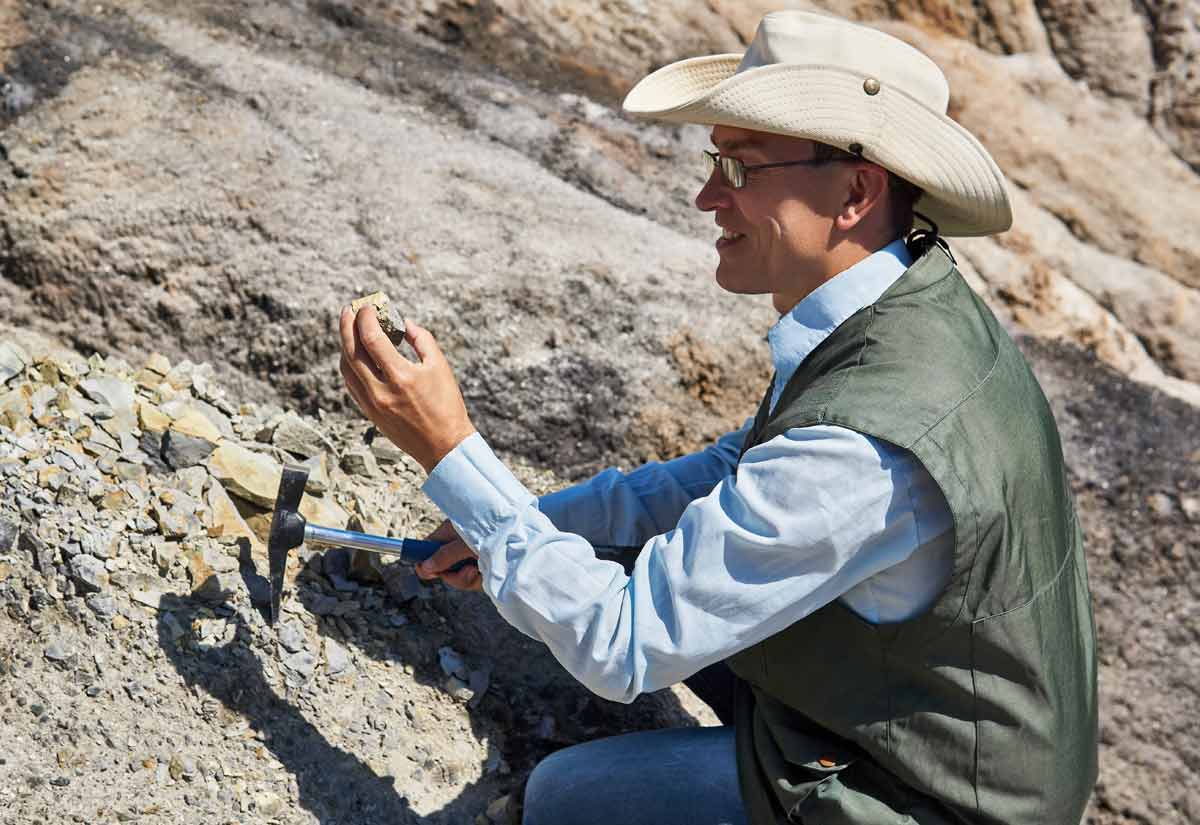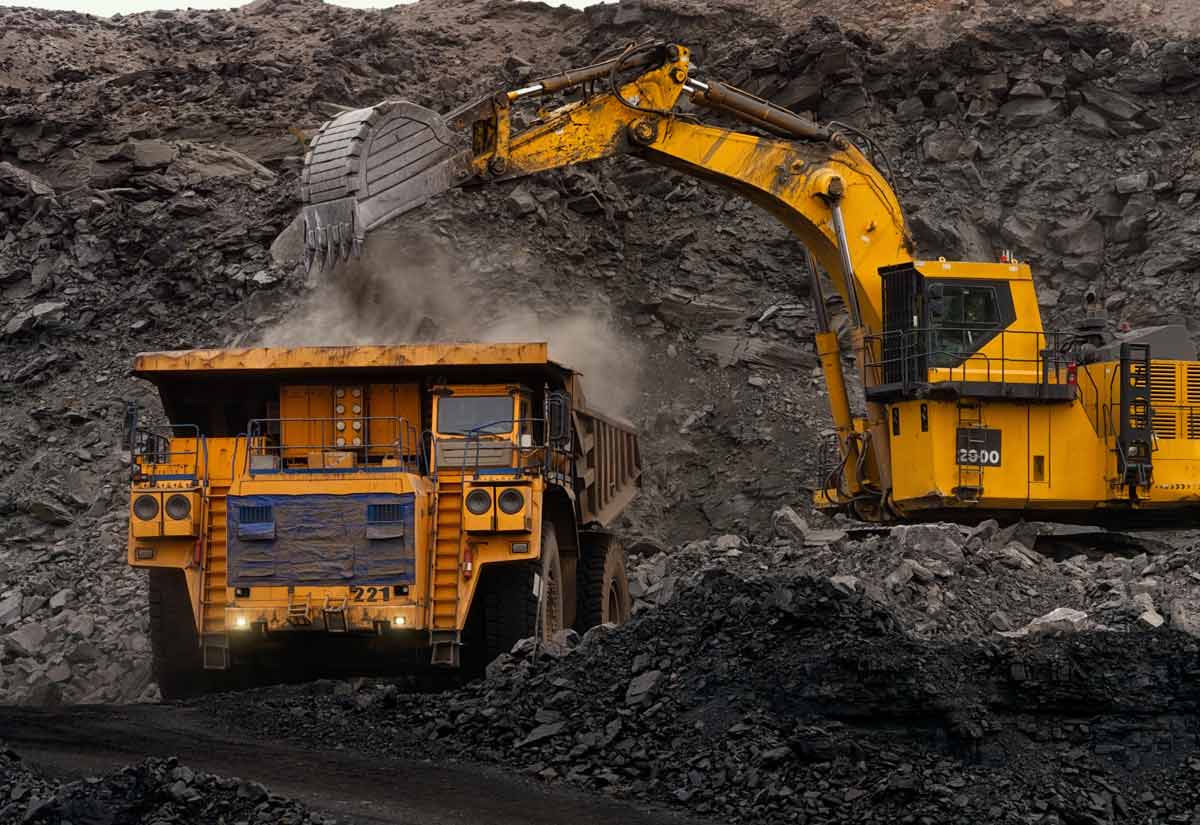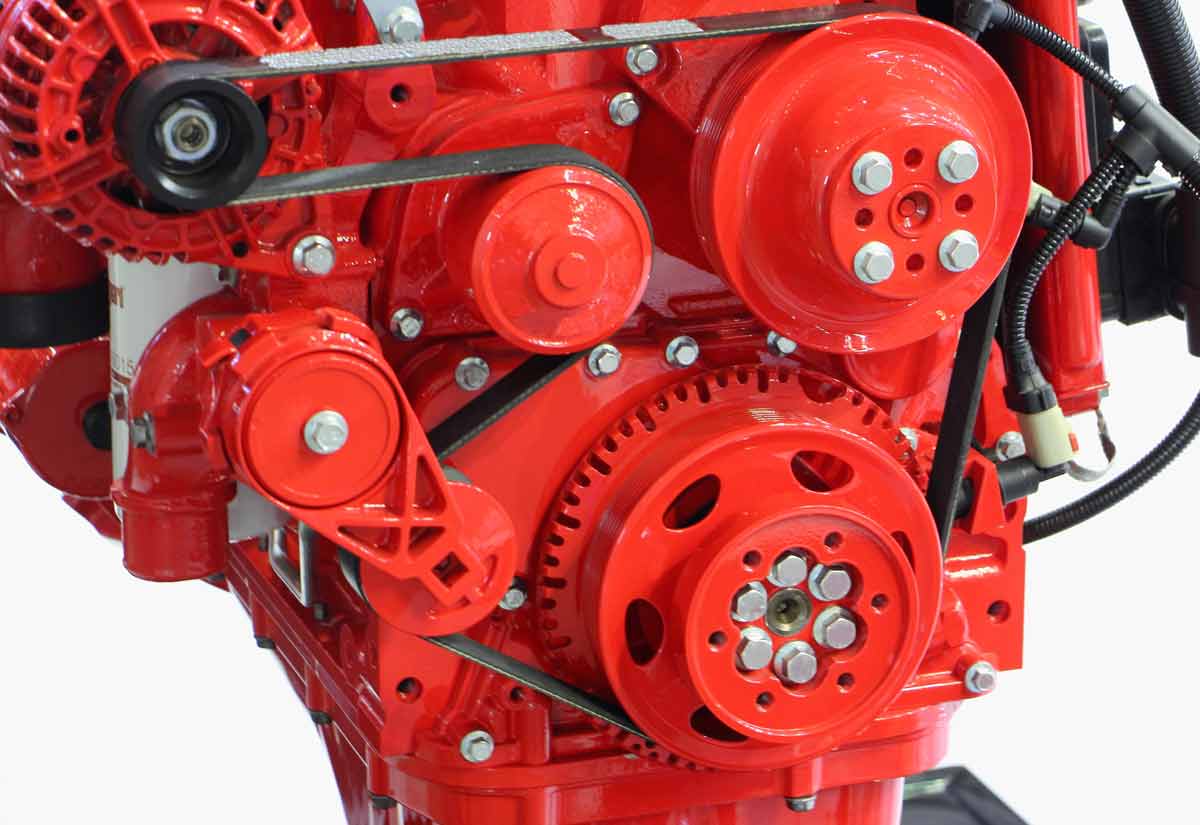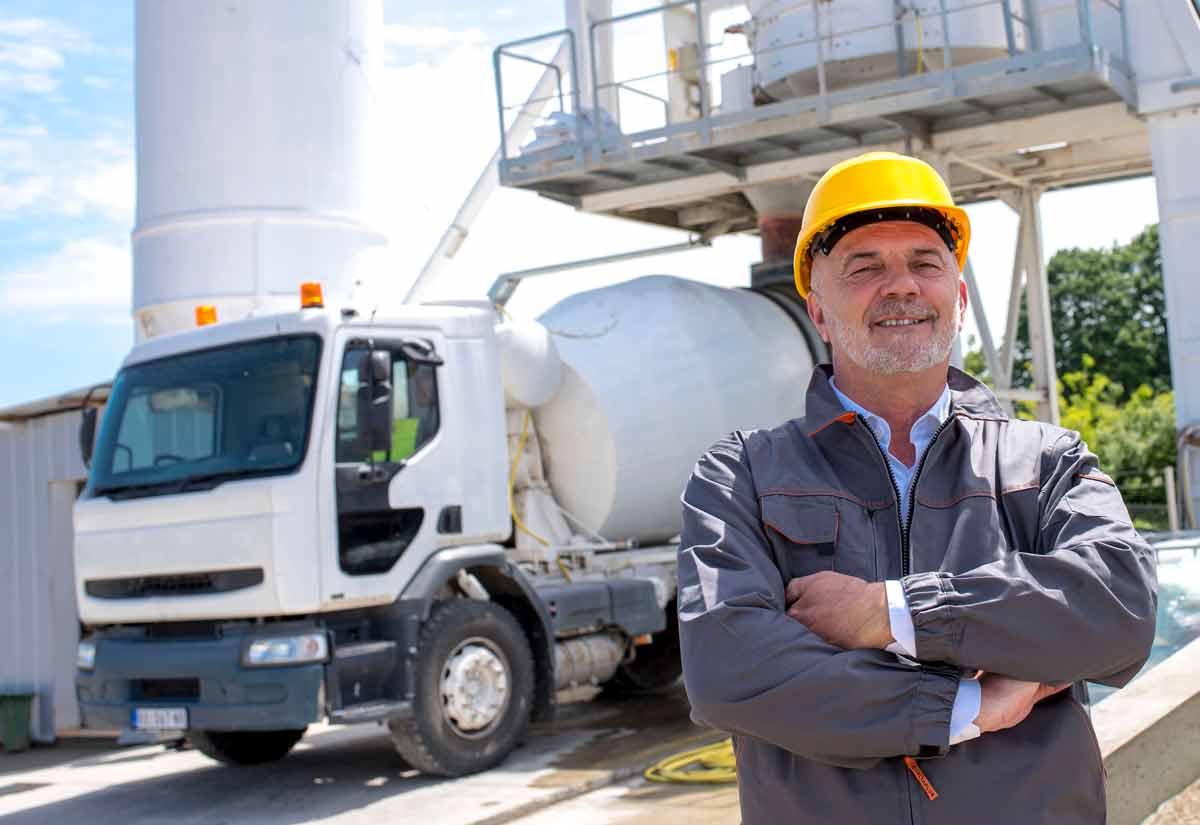In a previous article Resource Erectors highlighted Elon Musk’s $100 million and $20 million XPRIZEs as motivation for the development of innovative CO2 capturing technology. The winning projects involved a coal-fired power plant and an LNG facility, where CO2 was captured at the stacks and injected to make concrete with higher compressive strength. While we admire Musk’s initiative, it did get us to wondering just what happened to the “Clean Coal” concept that was all the rage just a couple of decades ago.
“World R&D on CCS exceeded $1 billion per year over 2009 to 2013, then fell sharply.”- World Nuclear Association
Whatever Happened to Carbon Capture and Sequestering (Storage) Technology?
As recently as 2009, CCS, for “Carbon Capture and Sequestering (or Storage) research and development wasn’t dependent on the magnanimous Musk for funding new innovations. According to an April 2021 update at the World Nuclear Association, (WNA), R&D funds for CCS topped $1 billion per year in worldwide spending between the years 2009 and 2013. Then, as global politics pushed the rush to “green” energy sources to replace fossil fuels like coal, natural gas, and oil, funding for “clean coal” dropped off sharply.
With the planet quickly approaching a global population of 10 billion, the industry watchers at Resource Erectors are thinking that this may be a classic case of “tossing out the baby with the bathwater”.
To sustain that immense human population in a modern, hygienic, healthy global infrastructure it’s obvious that when it comes to energy resources we are going to need it all. Fossil fuels and nuclear energy included.
The “zero-sum-all-electric or nothing” thought leadership by unqualified politicians such as current White House resident Joe Biden (the pipeline killer unless it’s Russian and delivering to Germany) and self-appointed billionaire “green guardians” like Jeff Bezos, Bill Gates, the pope, and even the mighty Musk himself is out of touch with the reality of true global sustainability.
Ironically, the only other zero-emissions energy technology perhaps even more vilified than “dirty” coal by the green-minded New World Order “Resetters” is nuclear energy. The report at the WNA reflects that industry’s view of clean coal as a competing energy sector.
Thank you Jane Fonda, for the lingering fallout from hysterical anti-nuke movies like “The China Syndrome” for our first example of what happens when partisan politics and Hollywood horror flicks dictate energy policies to a gullible public. Essential policies that are better developed by valid energy scientists and qualified industrial engineers who have intricate knowledge of the nuts, bolts, and numbers involved with the challenging transition to zero-carbon emissions by 2050.
CCS Spending is Down in 2020
So where are we today with CCS technology funding? Down from a billion dollars USD in spending per year to a global Clean Coal Technology Market that was valued at just $5,970 million USD in 2020 and is expected to reach $6,730 million USD by 2024, at a paltry, almost stagnant CAGR of a mere 2.0% during the 4-year forecast period, according to a May 11, 2021 Market Watch report.
No word yet on whether or not Elon’s $100 million XPRIZE is included in that funding total.
The lack of enthusiasm for the Clean Coal concept and outright demonization of coal as a viable energy source in a world of 10 billion is truly an unsustainable idea when we look at the world’s energy usage numbers:
- 27% of primary energy needs are met by coal.
- 38% of electricity is generated from coal.
- 70% of world steel production depends on coal. (Keep that in mind when you see multiple steel towers on wind farms that may or may not be producing kilowatts on any given day.)
- Coal is the world’s most abundant and widely distributed fossil fuel source.
And yet as far back as 2014, according to the (IEA) International Energy Agency;
“CCS is advancing slowly, due to high costs and lack of political and financial commitment.”
CCUS For a More Realistic Energy Future
One of the more promising developments in the Clean Coal sector over the past decade is the CCUS initiative, the acronym for Carbon Capture, Utilization, and Storage. But like CCS, political indifference has bogged down deployment. Again the IEA reports;
“Although its relevance for reaching climate goals has long been recognized, deployment has been slow: annual CCUS investment has consistently accounted for less than 0.5% of global investment in clean energy and efficiency technologies”.
So while billions are spent, not to mention the enormous tonnage of carbon released to the atmosphere in the name of inefficient “green energy” sources like unreliable wind and solar, just ½ percent is allocated for CCUS. That’s a pathetic amount of investment for a technology with broad ramifications for a realistic transition to the 2050 carbon-zero benchmark so revered by environmentalist politicians.
One of the most attractive advantages of CCUS is that it can be retrofitted to existing coal-burning power plants that, because of their age, are often shut down as environmental hazards. CCUS can remove CO2 from the atmosphere by combining it with bioenergy or direct air capture to balance emissions that are unavoidable or technically difficult to control. CCUS can be effectively deployed across a wide range of industries to tackle difficult emissions problems in the production of cement, iron and steel or chemicals, and to produce synthetic fuels for long-distance transport such as aviation.
CCUS is also the lowest cost technique for low-carbon hydrogen production. That low-cost hydrogen could play a key role if the environmentalists follow the tech-savvy engineers instead of the green-blinded politicians and hydrogen “blue gas” evolves into the lithium ion dependent “Tesla Killer” that many investors are betting on now, not to mention a prominent mining industry CEO from Australia.
But as any engineer can tell you, as with any technology the TANSTAAFL rule applies to “the new era of CCUS” as well. (There Ain’t No Such Thing As A Free Lunch!) While planning for 30 new integrated CCUS facilities has been underway since 2017, the world will need to double its investment from 2010 levels to nearly $27 billion USD in order to complete facilities in the US, Europe, Australia, China, Korea, the Middle East, and New Zealand.
Maybe it would help sway public opinion if Jane Fonda or the pope endorsed the new green era of CCUS?
Resource Erectors in the New Era of Industrial Human Resources
At Resource Erectors we bring decades of specialized, heavy industry, human resource experience to the table. We recruit and place the best-qualified professional candidates with the industry-leading companies who are seeking their hard-to-find skills, experience, and talents in the US, Canada, and Australia.
We have extensive experience in heavy industry sectors including mining, civil construction, aggregates, concrete, tunneling, engineering, and more. When you’re ready to move your company or professional career up in the world you’re ready for Resource Erectors so don’t hesitate to contact us today.
